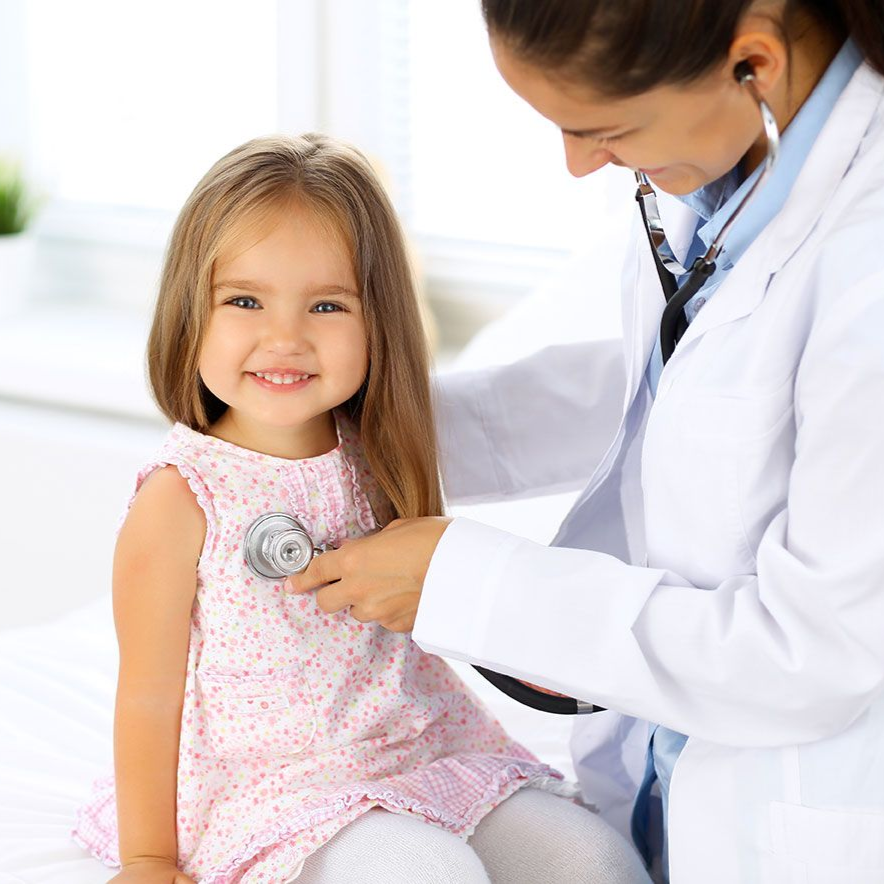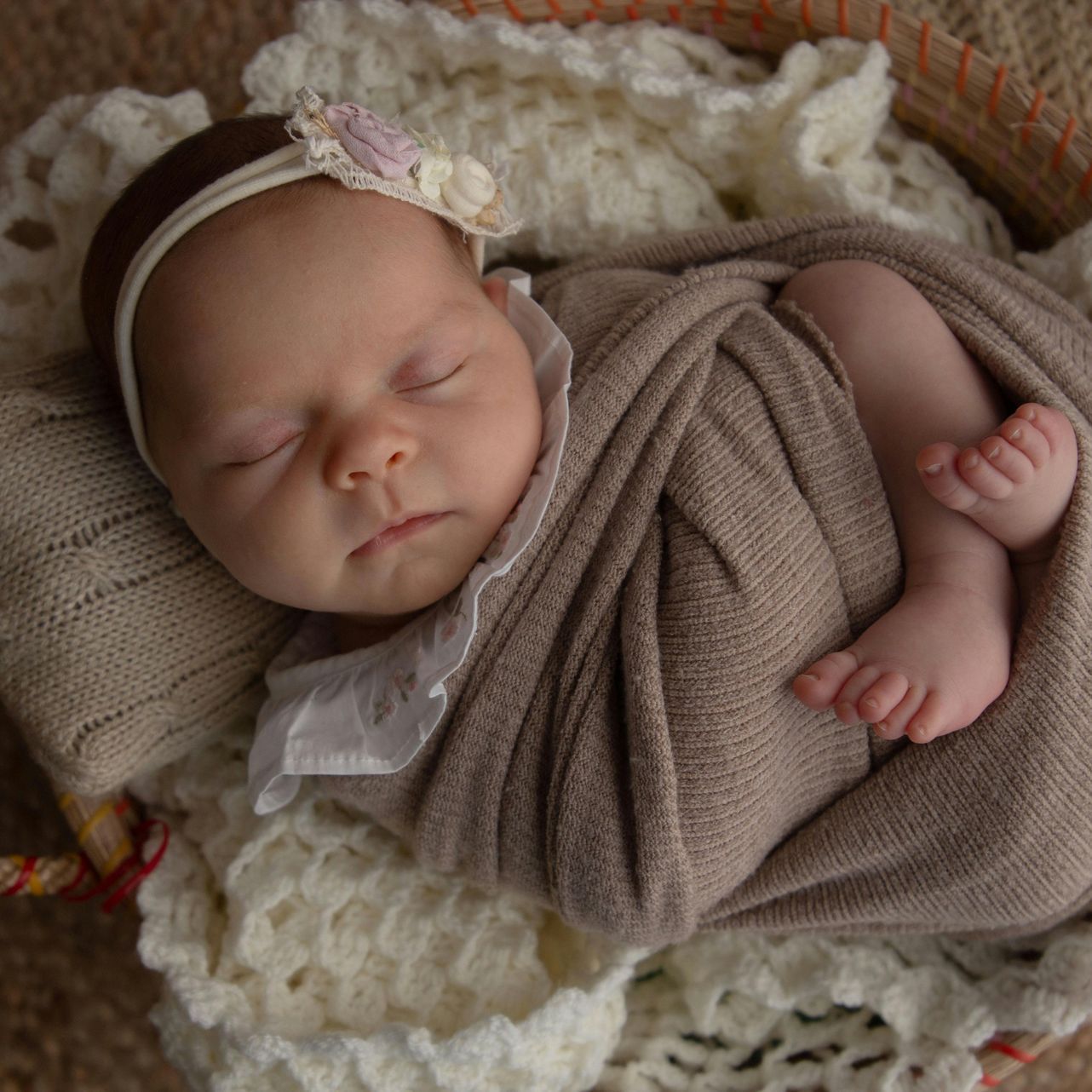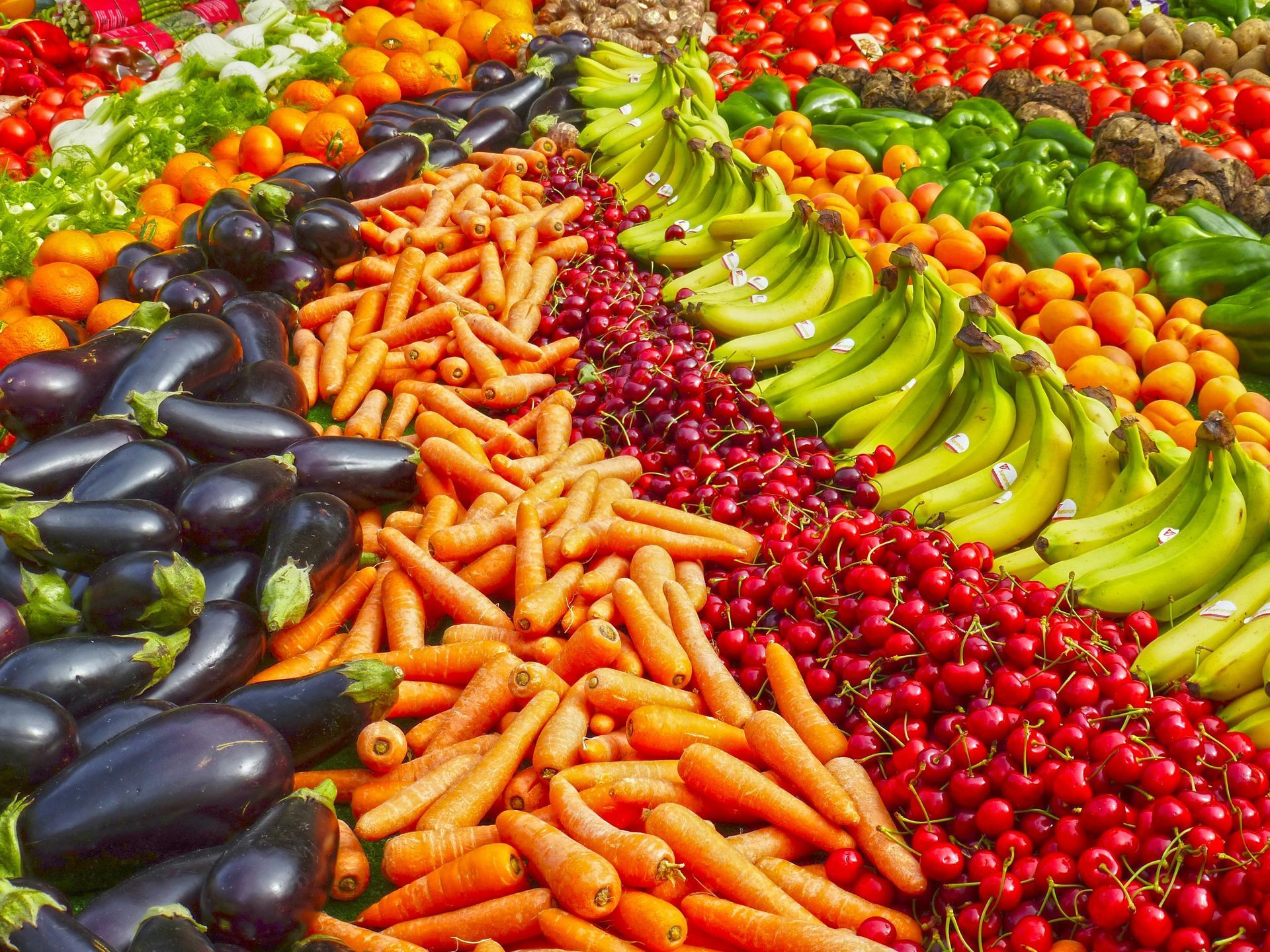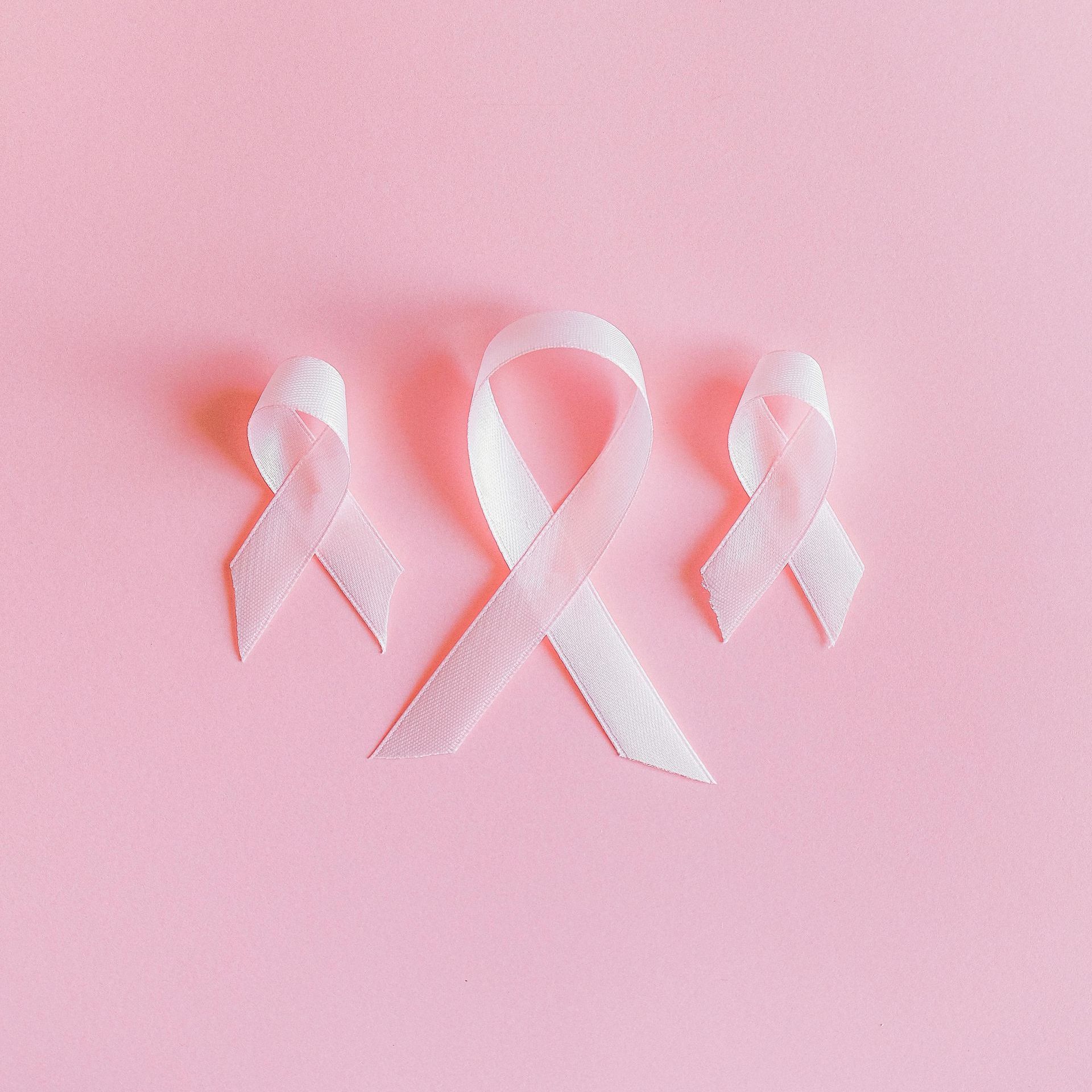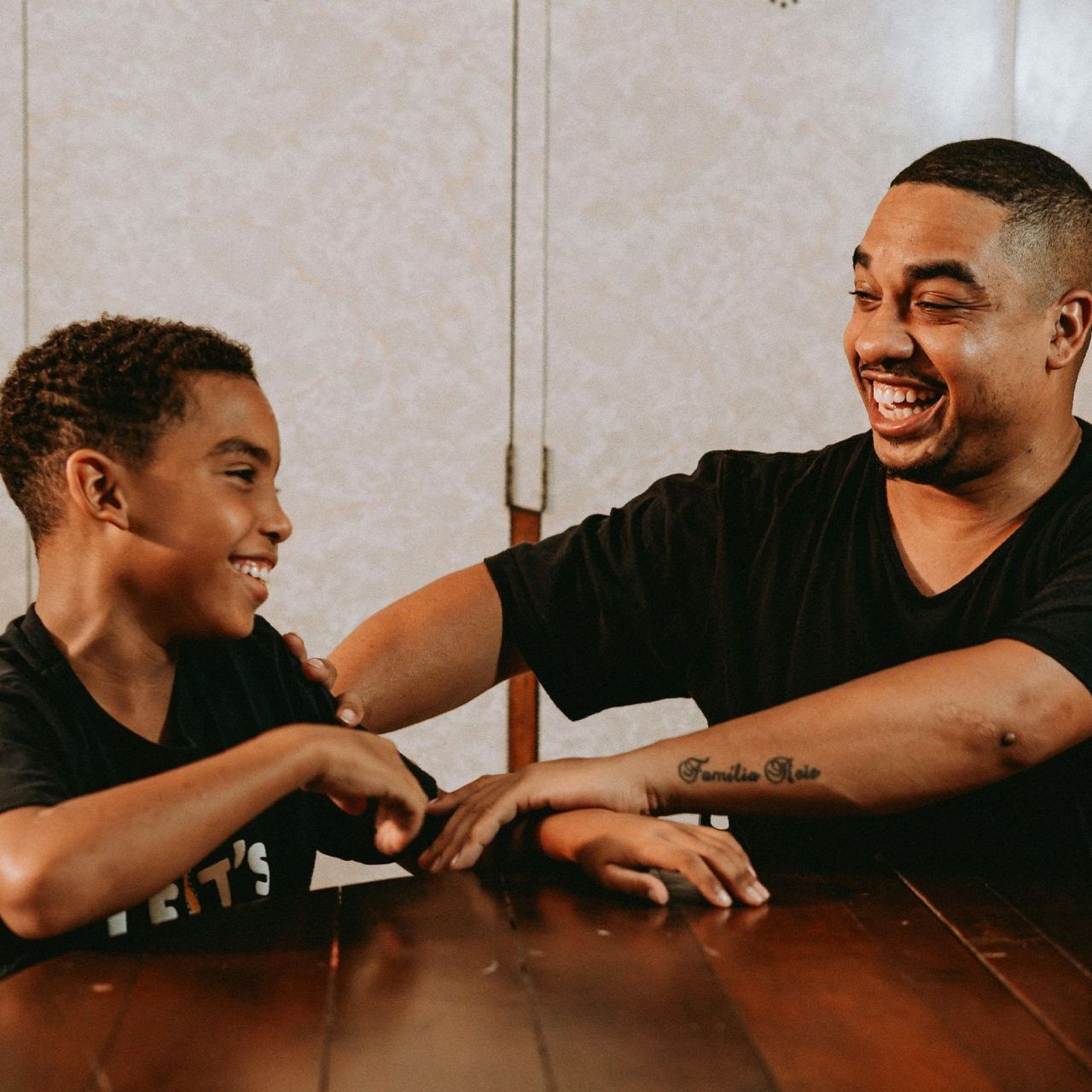Positive Thoughts on Twins and Multiple Pregnancy
March 25, 2020

During the last two decades, we have seen a substantial rise in the number of multiple pregnancies around the world. The percentage of multiple births have risen by a significant amount to the point that what was once a rather unusual sight, multiple seat baby strollers, have become a rather normal part of our social landscape.
An unprecedented rise in couples relying on fertility-improving techniques to conceive has a lot to do with this overall rise in double, triple, and even quadruple pregnancies. However, as several studies seem to suggest, a mother’s genetics and age at the moment of conception also exert significant influence.
It Runs In The Family
We know that if there is a history of multiple births in the mother’s family, the chances that she will also experience multiple pregnancies increases substantially.
But here is a little known fact: The older a woman is when she becomes pregnant, the more likely that multiple ovulation will occur during her menstrual cycles; thus, the higher the chance that multiple pregnancies will occur if she has unprotected sex.
This biological curiosity has been substantiated by research conducted out of the University Medical Center in Amsterdam, in the Netherlands. After analyzing and comparing the menstrual cycles of women less than 30 years old, those between the ages of 30 and 35, and those over 35 years of age, it became readily apparent that as women age, the incidence of multiple ovulation increases.
Curiously enough, since the chances of becoming pregnant drop with age, there is a balancing out that occurs.
Women Are Waiting Longer And Longer
Taking into account that women around the world are waiting longer and longer before deciding to become mothers (In some countries close to 40% of new mothers are over the age of 35), could this be the reason why so many new mothers end up with two, three, even four babies?
Yes, and No. Remember that women are less likely to become pregnant as they grow older, so they must increasingly rely on assisted reproduction techniques, and that is probably the true reason why.
Dr. Marisa López-Teijón, head of the Marquès Institute in Barcelona, a world-leading clinic in matters of gynecology and fertility, explains that “assisted reproduction techniques” have undoubtedly influenced the increase in twin pregnancies in developed countries over the last few decades.
Positive Thoughts on Multiple Pregnancies
Being pregnant with multiple babies can be tough on a new mother. Raising twins, triplets, or quadruplets, can be overwhelming even for the most prepared of couples. However, there are more than a few great things about multiple pregnancies to think about. For example,
If you are looking to have a big family, multiple pregnancies can give you a leg up on that. Knowing that you won’t have to get pregnant again, or at least not for a long time, and still have your dream multi-kid family, is priceless!
You’ll have double of everything. Yes, you will have to deal with more than one wailing baby, more than one dirty diaper, and have more than one reason to worry about everything that can go wrong. But you will also enjoy double the smiles, double the hugs, double the pride, and double the love.
You will receive an unprecedented amount of help from friends and family members. Everyone around will feel both proud of you and sorry for you at the same time. We all know how incredibly difficult it is to raise a kid, much less multiple kids at once.

Growing pains are most common in children ages 3–12, especially during periods of rapid growth. While the exact cause isn’t fully understood, many doctors believe they are related to increased physical activity and the stretching of muscles and tendons during growth spurts, not growth of bones themselves.
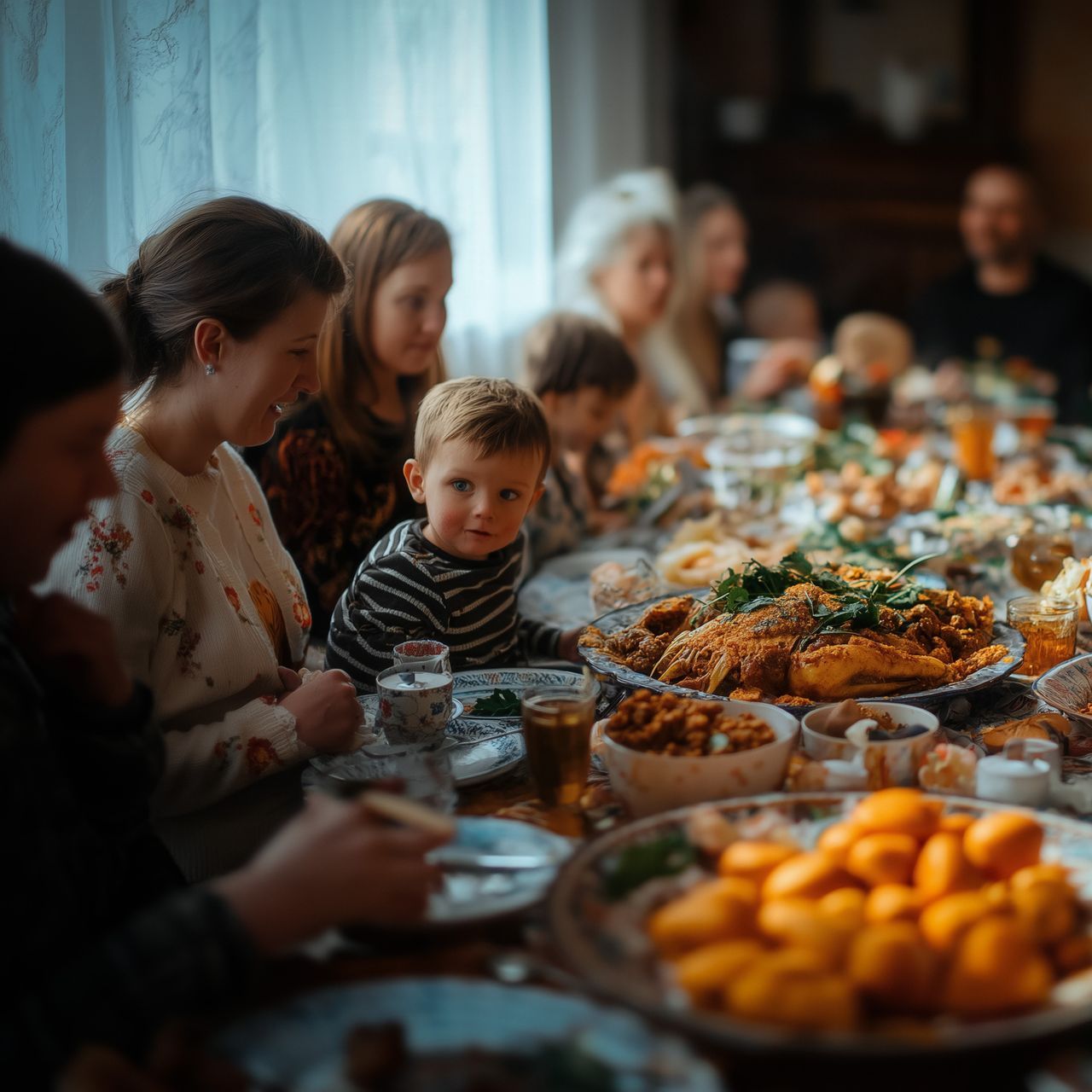
Thanksgiving is a cherished tradition, an opportunity to gather with family and friends to celebrate gratitude for the many blessings in our lives. Whether you're traveling to visit relatives or hosting a festive dinner at home, preparing for Thanksgiving can be a joyful yet daunting task, especially for parents.


